
Creativity Found: Finding Creativity Later in Life
Real-life stories of finding or returning to creativity in adulthood.
I'm Claire, and I re-found my creativity after a time of almost crippling anxiety. Now I share the stories of other people who have found or re-found their creativity as adults, and hopefully inspire many more grown-ups to get creative.
I chat with my guests about their childhood experiences of creativity and the arts, how they came to the creative practices they now love, the barriers they had to overcome to start their creative re-awakening, and how what they do now benefits their physical, mental and emotional wellbeing.
Want to be a guest on Creativity Found? Send me a message on PodMatch, here
Creativity Found: Finding Creativity Later in Life
Cindy Ingram: museums, mosaics and memoirs
Cindy Ingram's love for art began early, influenced by Disney classics and a desire to become an animator. With a strong academic focus, Cindy pursued an art history degree and aimed to be a museum educator. However, the reality of museum jobs – limited opportunities and low pay – led her to teaching art in schools instead.
Cindy started her own online business to support art teachers with resources, but in the midst of her career faced burnout, and her connection to creativity dwindled. She began to reassess her relationship with art, realizing it was no longer a joyful pursuit but a business obligation.
Through introspection and therapy, Cindy found solace in creating art again, writing a memoir, Art is About Being. The book chronicles her struggles and the healing power of creativity, reaffirming that engagement with art can be a path to self-discovery and emotional resilience.
Now, Cindy emphasizes the importance of art in her daily life, using it as a tool for expression, reflection, and connection with others.
CreativityFound.co.uk
Instagram: @creativityfoundpodcast
Threads: @creativityfoundpodcast
Facebook: @creativityfoundpodcast and Creativity Found group
YouTube @creativityfoundpodcast
Researched, edited and produced by Claire Waite Brown
Music: Day Trips by Ketsa Undercover / Ketsa Creative Commons License Free Music Archive - Ketsa - Day Trips
Artworks: Emily Portnoi emilyportnoi.co.uk
Photo: Ella Pallet
Affordably advertise on this podcast by emailing claire@creativityfound.co.uk, or book a call here.
I would love some financial support to help me to keep making this podcast. Visit buymeacoffee.com/creativityfound
Want to be a guest on Creativity Found? Send me a message on PodMatch, here
Podcast recorded with Riverside and hosted by Buzzsprout
I was just in love with art. I wanted to work in museums because when I was in Europe, I realized museums existed, that people get to work in them. I thought that was amazing. I had listened to a podcast. Podcast changed people's lives. People I like, they do. You can't make money making art like that was my first thought, which was terrible because that's not what art's about. But I was just so. I had not made art in so long. It had probably been 20 years that I made art just for myself. But that message was so clear that I had to do it. That book really did heal me from my burnout, and creativity healed me from my burnout. You know, that's. Now, if I ever get a whiff of, like, I'm getting burnt out, I go straight to making art or writing or something, because that reminds me of who I am. Hi, I'm Claire, founder of Creativity Found, a community for creative learners and educators, connecting adults who want to find a creative outlet with the artists and crafters who can help them do so with workshops, courses, online events, and kits. For this podcast, I chat with people who have found or refound their creativity as adults. We'll explore their childhood experiences of the arts, discuss how they came to the artistic practices they now love, and consider the barriers they may have experienced between the two. We'll also explore what it is that people value and gain from their newfound artistic pursuits and how their creative lives enrich their practical, necessary, everyday lives. I'm here this time with Cindy Ingram. How are you, Cindy? I'm doing great. Thank you for having me. You're very welcome. Start, please, by telling me how you currently like to get creative. My whole life is creative. My favourite things right now are mosaic. I just have taken that up over the last six months, and it's a blast. I also like to do mixed media art, and I like to write. I love a bit of mosaic. So let's go back to when you were a child. Was this a part of your life when you were younger, at home, at school? I don't remember a time where art wasn't a part of my life. I was always drawing, I was always crafting. I was obsessed with Disney movies. You know, I was of the generation of, like, Beauty and the Beast, Little Mermaid, Aladdin, the Lion King. Those were my childhood. And I wanted to be a Disney animator. And I studied the animation and I knew who animated what characters. I was really into that for a long time, too. So I just. I remember one day I tried to paint the flowers in my mom's garden. Cause I just wanted to see what would happen, you know, I was just always doing stuff like that. Experimenting, playing. And was it something that was a part of school life? Was it something that you were able to do within education A little bit? It didn't in elementary. We didn't have art back then. Besides, like, if in fifth grade we had art class in quotes, we made candles. I remember it was not any sort of art education. But in middle school, I did take art classes. And then in high school, I did take art one or two years. But I was pretty, by that point, obsessed with my academics and being really smart. And I wanted to get a really high gpa. And so I did a lot of AP classes and things like that. So I didn't do as much art as I probably should have. But I did take an art history course my senior year. It was a humanities course. And that's where I fell in love with art history and had taken a trip to Europe. Junior year, English teacher, took group to Europe every year. And I got to see real art for the first time. And that's when I fell in love with art history. That's a really cool trip to go to Europe. Yeah, it was pretty amazing. It was like 28 days, and we went to seven or eight countries. I think starting the January before the trip was in June. We did a weekly class where we would, like, learn about each country and learn about the art and learn about the customs and, you know, how we're supposed to behave and what kind of money they use. And, you know, it's like all that kind of stuff too. So it was really comprehensive. Yeah. Oh, that's really exciting. So then you were getting your good score and wanting to do that. What was going to come after school? What were your. If you had them. Yeah, all of that. I don't even know why I was so crazy on my grades. I got an art history degree undergraduate. And because I. Yeah, I was just in love with art. I wanted to work in museums because when I was in Europe, I realized museums existed, that people get to work in them. I thought that was amazing. So I. That was. My goal, was to be a museum educator. I did do that for a while after college. I did some internships and things, and then I got my master's in art education with a focus in museums and. And realized pretty quickly that there's not very many jobs in museums and they don't pay very well at all. And so it was just a really hard career to get into. And then I ended up teaching art after that because I'd gotten laid off from a job, a museum job, because the finances of the organization. And then I started to go into the classroom, which made a lot more money and had more time off and that kind of stuff. Did you have to do extra. Having been a museum educator, did you have to do things differently to then become a school educator? Yes. I already had my. My degree in art education, so I just had to take a few classes on, like, classroom management and things like that. It's like. It's an alternative certification. That's what they call it here. And, yeah, it wasn't. It was. It was pretty easy. And what age groups are we talking about? I've taught kinder through college, so my favourite's middle school. I think it's everyone's least favourite, but I think they're so funny and weird, and I just. I had such a good time with them because they're so funny. So. Yeah. Yeah. Did you feel any. And I only ask this because I've spoken to teachers in the UK who have since left teaching. Did you feel any kind of restrictions in a curriculum in what you had to teach, or was that not the case? No, in the US it's based on what the state requires. So we have some standards each state requires, but they're very, very general. And so then it really depends on what your district requires. And most districts let the art teachers kind of do whatever they want to do as long as they're hitting those basic standards that the state sets. I never had any. Anyone telling me what to do when I was in the classroom. I pretty much got to do whatever I wanted. Wow. What did you do? What fun things did you do in the classroom? Well, I wanted to teach with works of art like I did in the museum, because I was, you know, I loved and still do love talking about art with people and, you know, putting up a work of art and leading a discussion on it of any age, people. It's just there's so much to gain from that, and it's so fun, and you can get so deep, and it's so interesting. And so I did a lot of that in my classroom. I tried to incorporate works of art as much as I could, and then I would. I think I would do things differently now if I were in the classroom, but I did a lot of projects that were inspired by, like, the art that we would look at. But at that time, I stopped making art for a good 20 years. And so, like, I would make the examples for the projects and things like that. But I never made art for myself. And so now that I do that, I'm like, I think I probably would teach differently. Yeah. But I really kind of taught art like a museum educator would teach. So. Yeah, that's interesting that you'd look back on it differently now. You might do it differently now. And we'll come back to that. You branched out teaching on the Internet. Why did you feel the need to or the want to do that? And what kind of format did that take? I have always thought that I would want to start a business. I was always doing things like selling presidential campaign posters. I don't know how old I was. I had to have been like, 8 or 10. And I was like, there's a presidential campaign. So I'd sell them posters to my neighbors. One time I, you know, made a bunch of greeting cards, and I was going to sell those. And then I made a business plan for an art cafe. You know, it was always like, I had that sort of entrepreneurial spirit. And it was in 2014, and I had listened to a podcast of a teacher. Well, there's two podcasts. One was podcast Change people's Lives. People I like, they do. One of them was a person who ran a blog, and she took her family on a trip around the world for a whole year. You know, she's worked from wherever they were. And I was like, I want to do that, you know, but I couldn't. Cause I was. I looked around, I was like, we're pretty stuck here not making a lot of money, and I had small children, and, you know, it was all this stuff, and. But I was like, I needed. I needed to do that. And one way to do that would be to create a business online so that I could travel. So that was one thing. But then the other one is I listened to a podcast, and it was a elementary school librarian, and her husband was a high school football coach. And they each created an online business for educators, like one for librarians and for football coaches. And, you know, they created resources, they sold them, they made all this money, and I was just like, like amazed that that was out there, that was possible. And then I also looked around at what was available for art teachers, and I realized that the teaching with works of art component that I use in my classroom, I had to create myself, because there wasn't anything online when I was teaching community college art appreciation classes. There was nothing about teaching art appreciation online at that time. And so I started by just writing about Art and how I teach it and putting up my lesson plans and selling my PowerPoints that I'd created, you know. And eventually it became a business called Art Class Curator and it has a membership site where it has lessons dedicated to working with works of art. There's over 200 lessons of, you know, a contemporary work of art. And it has like discussion questions and engaging activities and projects that you could do related to it and all the worksheets and stuff you need. And so, yeah, I just took what I was doing, what I'm passionate about and started writing about it and yeah, stuff. Brilliant. Were you doing that alongside the day job? So that must have been a fair bit of work and energy into that. It was, it was, yeah. But I have always. I. Well, I'm not now. I finally brought myself of this, but I was always a big workaholic. I would have two jobs, you know, I would teach. It was one point I was teaching elementary art during the day and going and teaching two community college classes at night. And I was gone from like 6am to 10 or 11pm every day doing that. So I was kind of used to that. But yeah, I did a work from home teaching job. I was teaching online middle school and high school kids. And then I would work in my business, you know, when I wasn't doing that. And then I was in the classroom for a year or two doing that as well. And then finally the business made enough money to where I did have to. Didn't have to do that. I've been out of the classroom since 2017. Ah, brilliant. And how did you find? This is something else I speak with my guests about. In your role as an art educator. That's one role. But a role as a business owner and promoter must involve lots of other roles in order for people to know that you're out there and for you to promote what you're doing, make sales. And you've said you've always wanted to have your own business. How did you find it when you were actually really physically doing it? I loved it. I. I love a project, I love doing something hard. I love learning new things. So it was. And I've always been really good with technology and stuff like that. So at first, you know, it was just so much to learn the technology and the marketing strategies and the list building and, you know, like all of that stuff I found to be really fun and exc. And then like I would create a product and like the. The first product I created, like, it's still making money now and it was like 10 years. It was like 10 years ago. So it was so fun to like make something and know once I made it, it can just keep making money for a long time. And that was really thrilling. I did eventually, I did eventually burn out though, because I, I was just, I got to the point where I was following too many, too many people's advice online. Like all the, I call them bro marketers. They're like the, you know, the guys online that are like 10 extra business and, and you follow my 10 step plan and you'll get, you know. So I was like following all their 10 step plans and wasn't listening to my own intuition. I got to a place where what makes me me is my creativity. Like that's what started the business. That's what created it all. That's what has driven me my whole life. And I got to the place where I wasn't. I couldn't even write anymore. And I had always, I mean I, I wrote poetry when I was a kid. I didn't mention that in my childhood, but I wrote poetry when I was a kid. I journaled for years and years. Like I was always writing. And my business, I had a blog and I was blogging like three, three days a week and sending emails, you know. And I got to the place where I couldn't even write like two sentences. So if it was like write two sentences about your business for this thing, I would have someone on my team do it. Cause I just like, I couldn't even write anymore. And then I started to be able to not look at art anymore without looking at it through the lens of my business. And that was really kind of hard to realize what was happening because looking at art has always been like a very special thing for me. Like when I go to a museum, like it's very sacred and I have like intense experiences with works of art and I really emotional experiences. I learn a lot about myself and I, and I stopped going to museums and people on the members of my team would send links of cool art and I wouldn't even click on them. Like I didn't even want to look at the art. And so that's when I realized I was like, there's something wrong. I need to figure out what's happening and why I can't the things that bring me the most life, why can't I engage with them anymore? So that's when I had to like basically had to just look at my entire life and existence and like figure out what was going on. It was just A really intense burnout for a while. And then. Yeah, okay. It's a long answer to your question. No, no, no. It's sad, isn't it? How did you. I mean, I can. Did you know. Sorry. You're good. Because I can imagine, for example, somebody saying, should we go to an art gallery? And you saying, no, I'm busy, or whatever, rather than saying to yourself, no, I don't want to do it for this reason. So how did you. Then. Were you instantly able to realize. I'm assuming you couldn't because it was going on for a while. You weren't realizing how. Why that was the case and that was the case and how to get over it. So how did you do those things? Yeah. Yeah. I didn't notice it for a long time because I mostly go by myself to museums because people always think, oh, I wanna go to a museum with you. Cause they think it's gonna be so fun. But really, I just kind of walk around silently and cry. You know, it's like, you know, it's not. It's not like. It's not very. A social experience. Yeah. It was early 2020, and I was like, I'm not happy. If you look on the surface, everything's great. My business is going well. I have this amazing creative team. It's making the money I want it to make. I get to do what I want to do. I get to travel. There's all this stuff happening. But I was like, it's not fun anymore. And I have adhd. I have to be interested and I have to be having. It has to be fun for me, or I'm not interested or I can't do it. And so that's about when I hadn't figured out I had. I didn't know I had ADHD at that time, yet I was at this place. I was like, something seriously has to change. I have to figure it out. But then Covid hit, and so that gave, like, a big boost of energy to the business because all the teachers were sent home and all the art teachers had to teach art without supplies. And I had a whole website with art lessons that don't need supplies because it's about looking at art. So it was like. It was amazing. Like, we had the right product for the right time. So I got another, like, boost of energy. And then all the teachers burnt out from their trials of teaching. During COVID I had, like, approached burnout. Then, like, seriously burned out. 2021, like, all my sales went down and I had to lay off people on my team. And it was just a lot of sleeping. It was a lot of taking care of myself. And it was a lot of thinking and it was a lot. I got coaching and therapy, talking through what, what was going on. And ultimately what I came to realize was that I stopped listening to my intuition. I stopped doing the things that lit me up. I stopped doing the things that really interested me, the creative things. And I was too far removed from the impact of my business. It was like selling to a teacher who then would make the impact. It was very hands off. And so I was like, I miss connection and intimacy. And I really wanted to be in a room with people talking about art again, because I hadn't done that in so long. Like, I tear up just thinking about that. I'm like, I just miss that so much. And art has always been the thing that sort of led me through. And so I looked at a lot of art during that time. And then I also started. I started making art because I was meditating one day and I was like, I'm going to back up in just a minute. I started to realize that the connection that I have with looking at art was so different and unique and that my lessons were hitting it in my membership site. But it wasn't the level of depth that I knew that was possible. Like, I know that art's power, it can change your life, like, if you look at it at the right time. And so I had this idea that you could use looking at art as self development. And that made me excited for the first time in a few years of, like, ooh, what's possible here? And so I started to, like, really think about what that would look like. I started to envision groups of, of people in a room together talking about their feelings by looking at art as, as like the starting place. And so I was like, kind of meditating on, like, well, how do I. How do I do this? How do I show the power of this? And like, I got this very clear download and I don't even know, like, I don't even know now what this voice was. It was my own voice probably, but it was like, through your art was the answer that I got. And I immediately was like, you can't make money making art. Like, that was my first thought, which was terrible because that's not what art's about. But I was just so, like, I had not made art in so long, it had probably been 20 years that I made art for just for myself. But that that message was so clear that I had to do it. So I stalled for a good nine months, but I finally started making art. I had started writing again, and I started writing a book. And that helped me kind of reconnect with, like, who I am and what. What my story is. And because all through this, there's all. There's a lot of mental health stuff, and, like, art helped me through it. And so, like, I wrote a memoir about how art helped me through tough times in my life and helped me to rediscover who I am, because I also figured out my neurodiversity. I'm both ADHD and autistic, and I. I'd been trying to fix myself my whole life, and then I realized I'm, like, not broken. So, you know, it's like all this stuff, I just. Yeah, I just spent a lot of time thinking and feeling, and I just threw a lot at you, but. Yeah. And how did you. What did you pick up in order to make art, to start making art for yourself? Well, I decided that. I didn't know, like, that was the end, though. I was like, well, I don't know what kind of art I want to make, because I was like, I can draw. When I look at something, I can draw it, but I don't really enjoy that. I do enjoy painting a little bit, but it doesn't really light me up. So I was like, well, I don't know what I want to do. So I decided I would do an art journal. And I already had a lot of supplies from the past and things I had bought with my own money from my classroom. So I took with me when I would leave, because I was like, I spent my own money on this. I'm taking it with me. So I had all this stuff. And, yeah, so I. I made an art space in my house, and. And I figured the art journal would be a. A good place because it takes the pressure off of, like, it needing to be a masterpiece because it's just going to be in a book and you can just turn the page. And I love looking at people's art journal stuff online. They're so beautiful. And what I learned is that I really love mixed media stuff, like, just trying a little bit of everything. And I love collage. I love cutting things up and gluing them down and moving them around in different places like that. I never would have really known that. And then I kept thinking, oh, you know, this isn't good enough. You know, to be a real artist, you need to be making these big canvases and painting. So I would try to make these big paintings on canvases, and it would just, like, wasn't fun for me. And I was like, no, I just like to get a piece of paper and just start. Start making something. And one of the things that kept me back was I thought that you had to. Which doesn't make sense because I. I know it's not true, but there was some story that I had that you had to have the idea first, and then you had to implement the idea. And what I learned in my art journal was that that's not how I work, and that's not how I work in any area of my life. Like, I can't follow a recipe. I just. I just start doing something. Like, when I started my business, I didn't have a plan. I just started to do it, you know? And that's how I do with art, is like, I just. I just start. I pick a color, and I just put it down. And then. Then I look at it. I'm like, what does it need next? And then I just kind of. The process guides me, and it's not the other way around. So I learned my creative process is not what I had thought. Yeah, the creative process should be. Yeah, doing this and the journaling and the writing of the memoir. Now, you didn't intend to write a memoir, and you didn't intend to begin with, I don't think to be writing about your journey. So what were you. What did you think you were gonna be doing to begin with? Yeah, when I started, like, I started the book, it was, like, before I burnt out, but it was, like, around the time, and I was like, maybe if I write a book about the importance of looking at art and showing art to people, that I'll find my passion for it again. And so it was going to be, like, this more academic, textbook type of thing that, you know, that you might see in a grad school class on art criticism or something. And I wrote a lot. When I started working with my book coach, I had already written 50,000 words, and my book ended up being 55,000 words. I was like, I almost had a full book. And the first half was, like, all of that kind of stuff, and it had, like, research in it and footnotes and, you know, all the things. And then the second half was a little bit more of storytelling on, like, the emotional power of art and what you can learn and, like, my own personal experiences of looking at art and what it did for me. And I met with my book coach, and she was like, what do you want here? What. What do you want people to. Who do you want to read this and what do you want them to feel? And I was like, well, I want them to know. I want them to see the power of art in their lives. I want them to know what's possible. I forgot exactly what you said. But we. She's the one that threw out the word memoir. Because you can't. You can't tell people something. You have to show them it. And so I realized the first half of that book that I had written at that point was just justification. It was really explaining. It was really like, why you should listen. Listen to me. It was like me trying to, like, soothe all the haters before I got to, like, the heart of it. And so after that meeting with her, I cut the entire first half and realized it was going to be a memoir about my journey to wholeness through art. And so that became the goal. And that journey of really writing my full story was so healing. It was so amazing. So I wrote about my past, but then I got to a place where I was like, writing about what I was going through as I was living it. And so it was like, really helped me clarify a lot of what I'd been going through during that burnout. So, like, that book really did heal me from my burnout. And creativity healed me from my burnout. You know, that's. Now, if I ever get a whiff of, like, I'm getting burnt out, I go straight to making art or writing or something, because that reminds me of who I am. Yeah. So, yeah, it ended up being a memoir. It has poetry in it. I put my own art in it, which I would have never thought would have happened. Yeah. And each chapter has a work of art that I interpret to tell my story. So I got to incorporate my love of looking at art throughout the book too. So it's everything that you've loved about it. Yeah. Speaking of, you said if I'm feeling like I'm going down a track, I don't want to go down. How does art fit in to your life right now on an everyday basis? I told you, I built an art space. It was upstairs in like the middle of my kids living room where they, like, played video games and stuff. I moved it down here into my office. I have this space right behind me, and I go. I go back and forth a lot from the computer desk to there. I make sure that I do a little bit of art making most days. On days that I feel like I can't create a Work of art in quotes. I'll just glue scraps of paper down to paper. I did have a whole drawer of scraps from my collage, and I just glue them down. I find that really soothing. Or I'll just, like, make painted papers that I can use and collage later. So I use it both as, like, a place to express myself, but also as a place to soothe. You know, if I have, like, a business meeting, like, I'm in a mastermind group with other neurodiverse business owners, and I have to kind of always be moving my hands like I'm fidgeting now. I'll sit in meetings, and I'll just, you know, glue things down too. It's just sort of integrated. And then I also make sure to set aside time to write every day as well. Writing is an important part, too, of processing. So I try to write a little bit every day as well. Yeah, I can see a connection as well between. This is just the materials, really. The mosaic, which you've mentioned you've taken up fairly recently, and collage. How did you get into that? Last year, I started to take art classes at a local community art center. And I. I wanted to just learn new skills because I didn't have a studio art degree. I took, like, four studio art classes in college. Yeah, I knew a lot about how to make art, but I just kind of wanted to learn. So I took a watercolor class, realized I hated that, and I took a illustration class, which was really great. But all of those classes were in the mosaic classroom. So all the mosaic stuff was around, and there's all mosaics hanging around the walls. And I'm like, this is really cool. I was like. And then I was like, this is different than what I thought mosaic was. Like, they were doing really interesting things, and it wasn't like, you know, like, the Pompeii mosaics, Like, they weren't these boring square tiles all in a neatly placed in a row. They were integrating crystals, and they were, you know, some were out of plates, and some were out of glass. And, like, you know, there's things I'd never seen before. And then it was time to register for my next class. And I was like, I need to see what this all is all about. I'm in my third mosaic class now. I'm just taking the same class over and over again because I just love it so much. And I've been making just weird stuff, which is delighting me. I've made two dinosaurs. I'm just finishing up an alien and then like I did an Axolot bottle. I just, I love the process of picking out the materials and picking out things that are unexpected. The cutting and the, the hands on ness of it is really like satisfying. I had the idea for the alien on Friday. I worked on it all day Saturday, Friday night
until like 1:30am I worked on it all day Sunday. It took over my, my ADHD hyper focus where I could not think of anything else. My poor family. I, like, I didn't, I didn't eat all day on Saturday. It was at 7 o'clock and suddenly I'm like, oh my gosh, I'm so hungry because I just, I was so engrossed in it. And then last night I made a collage of the alien because I was like, oh, I want to make, I want to see what would happen if I take one of my mosaics and turn it into a collage. I'm like, I was a little, little obsessive. Fantastic. Yeah, it's really fun. What do you have in mind? Do you have plans or aspirations for the future? You mentioned possibly a second book. Yes, there will eventually be a second book. Because I loved writing a book. It was so fun. Right now I'm focusing on. I have a program called the Art Connection Circle, which is a program where we look at art, talk about our feelings. Basically we interpret art together and it's really beautiful. So I'm going to run more circles. And then I have a monthly free program called Art Church and we look at art and talk about it together. So that's my main focus right now is growing those things. And then just like I learned with the artist, I'm just letting the process guide me. I'm just gonna to see what happens. I would like to do more like speaking and like workshops in person too. So I'm working on that as well. But okay. Yeah, I'm still running my teacher business. That's, that's still there too. Yeah, yeah. How can people connect with you? Tell me your various bits that they can connect. And also the name of the book. Oh yes. The name of the book is Art is about Being a Memoir. My website is Cindy Ingram.com and you can find information about my book. You can find information about the Art Connection Circle, about Art Church and my social media links. They're all on Cindy Ingram.com and if you're an art teacher happen to to be listening, you can go to art classcurator.com fantastic. Thank you so much, Cindy. That's been a fabulous chat. Thank you so much for having me. You're welcome. I hope you enjoyed this episode. If you did, perhaps you'd like to financially contribute to Future episodes@buymeacoffee.com CreativityFound There's a link in the Show Notes. If you are listening on a Value for Value enabled app such as Fountain Trufans or Podcast Guru, feel free to send a few sats my way. And if you have no idea of what I'm talking about, you can find out more by listening to my sister podcast called Podcasting 2.0. In practice.
Podcasts we love
Check out these other fine podcasts recommended by us, not an algorithm.
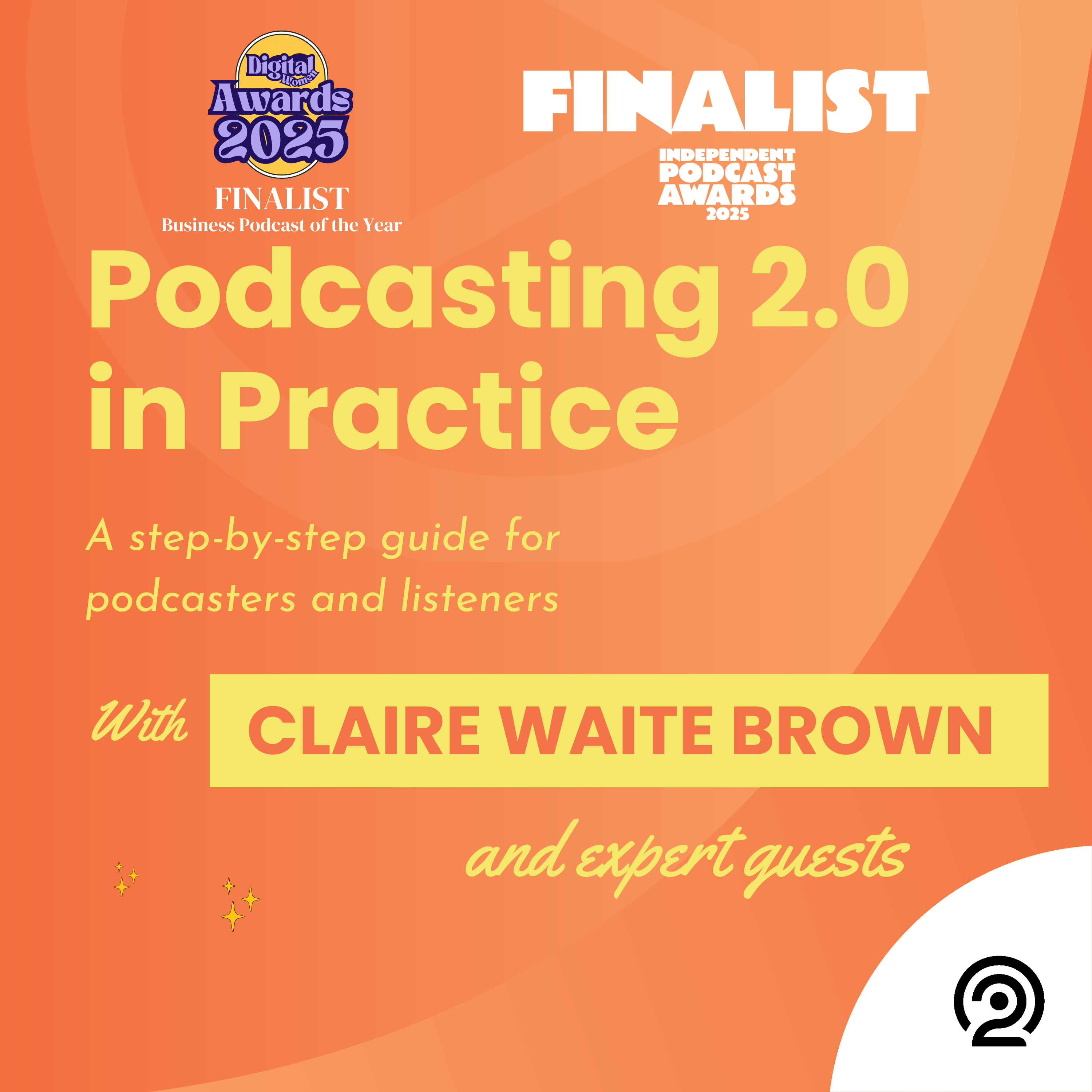
Podcasting 2.0 in Practice
Claire Waite Brown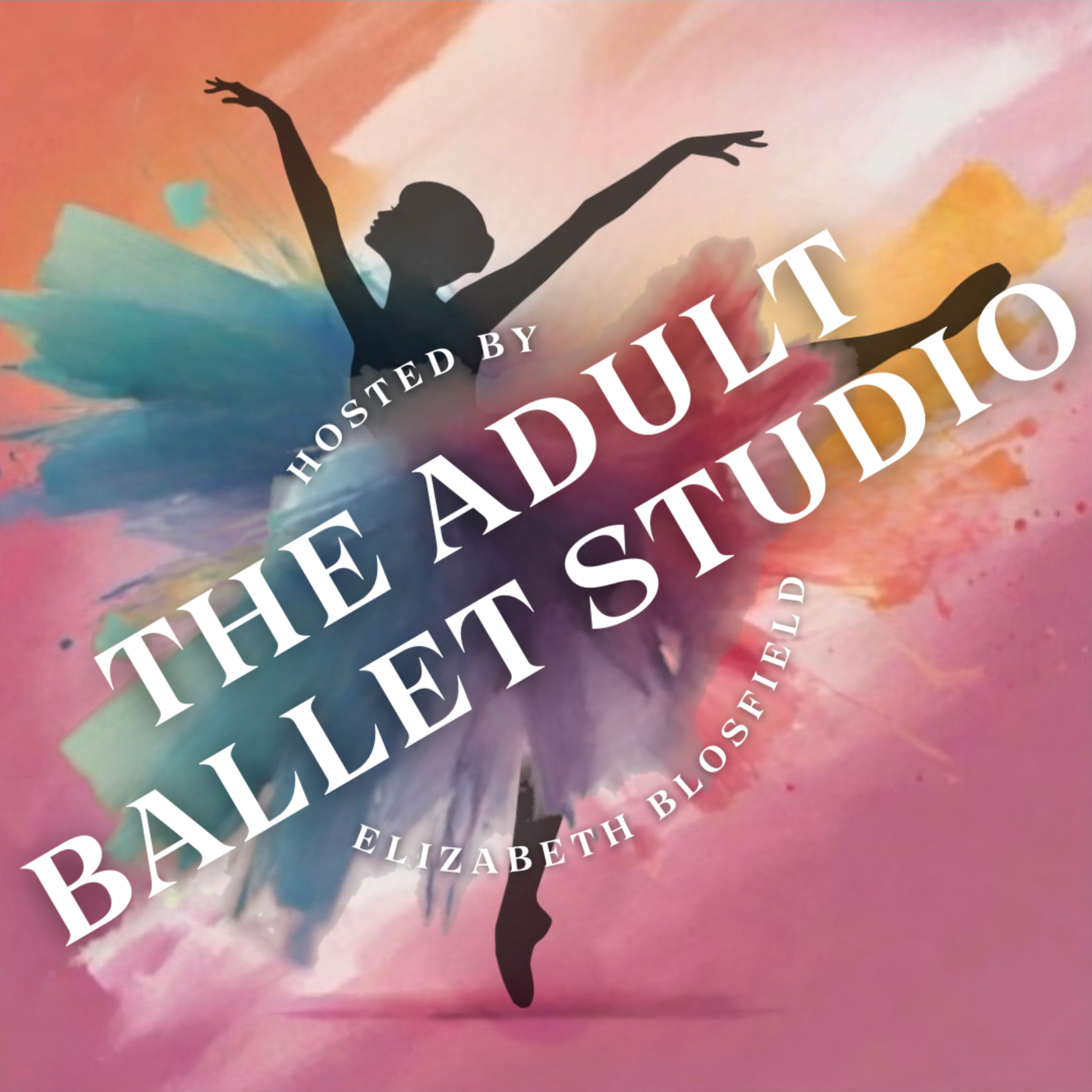
The Adult Ballet Studio
Elizabeth Blosfield
The Late Bloomer Actor
David John Clark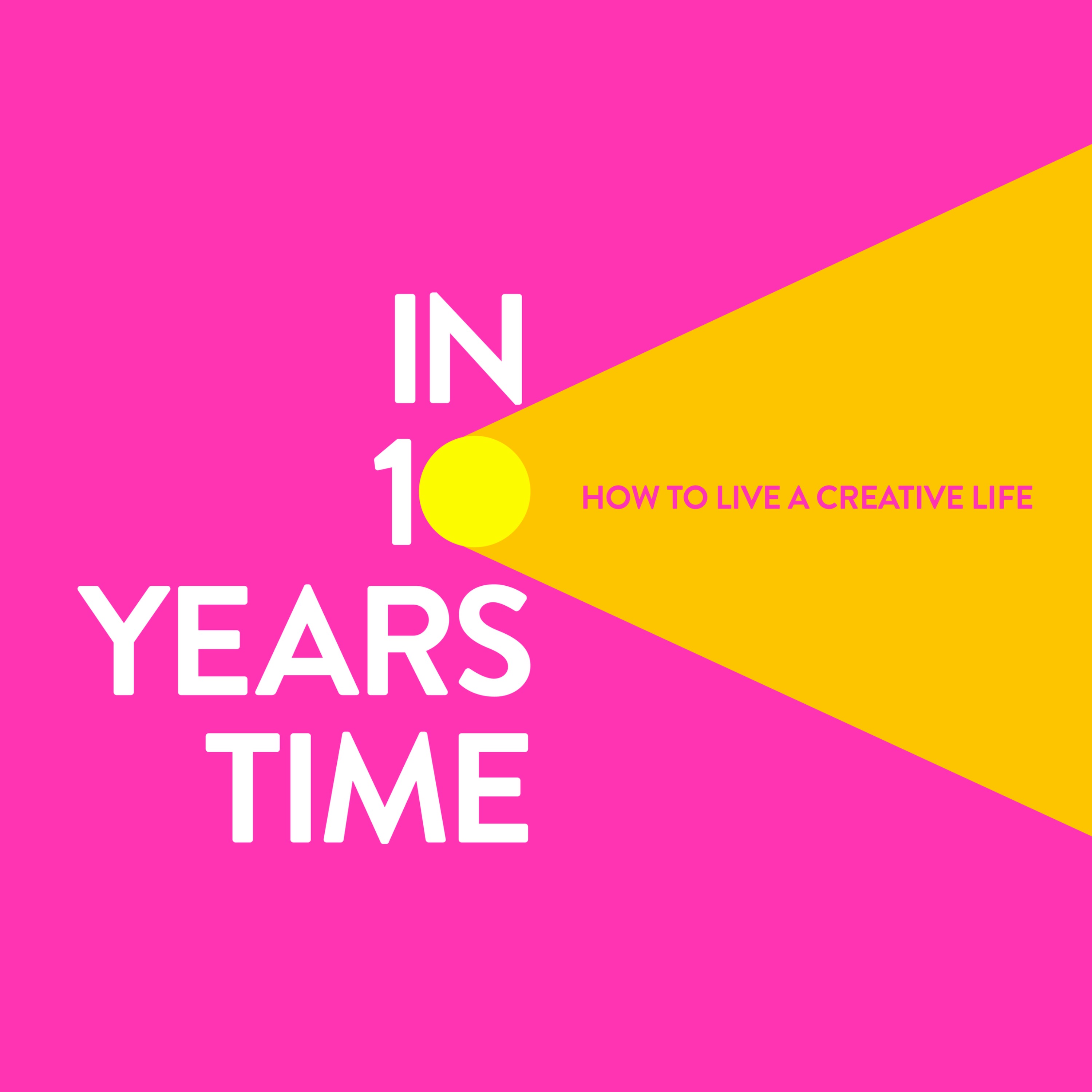
In Ten Years Time
Tricia Duffy
Multispective
Jennica Sadhwani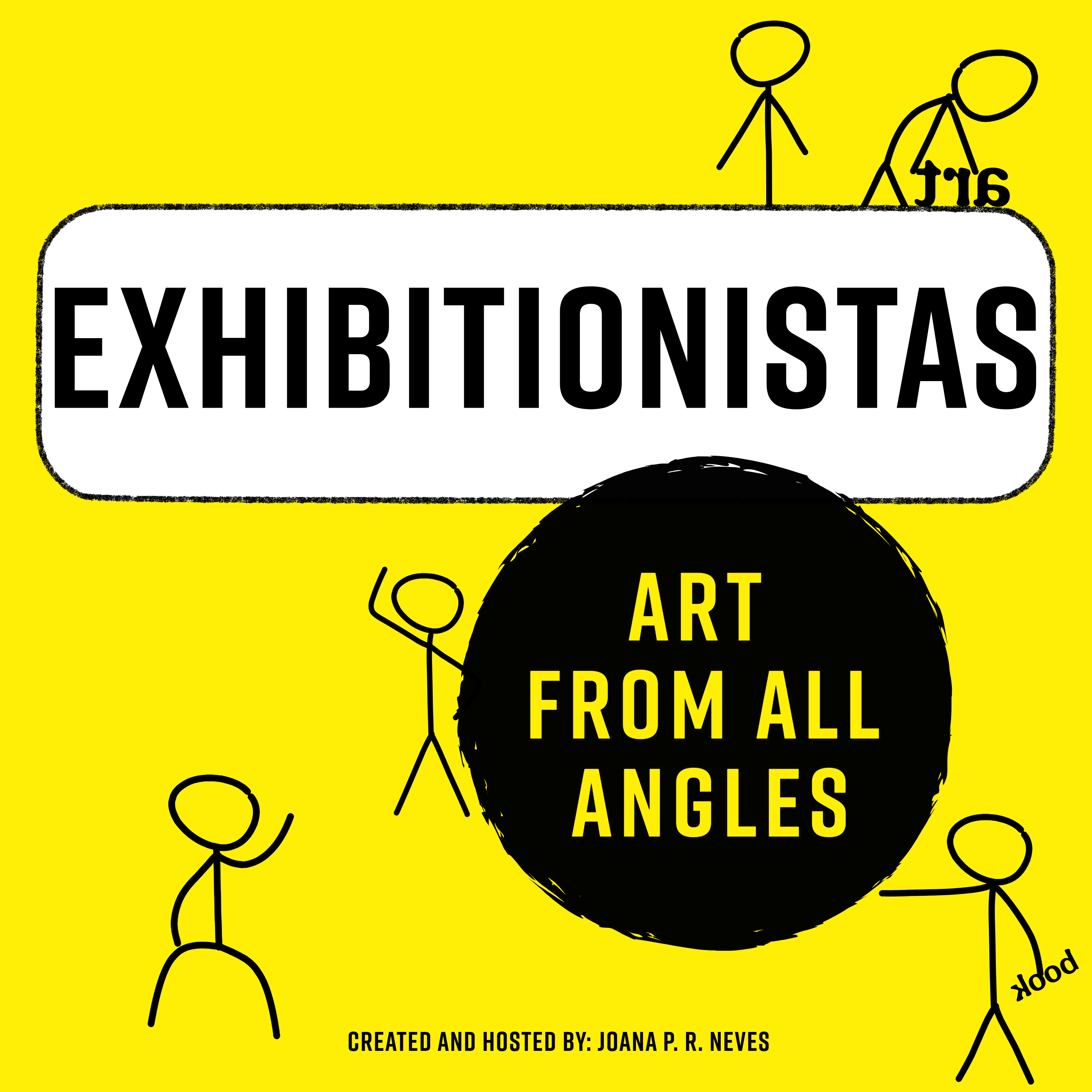
Exhibitionistas
Joana P. R. Neves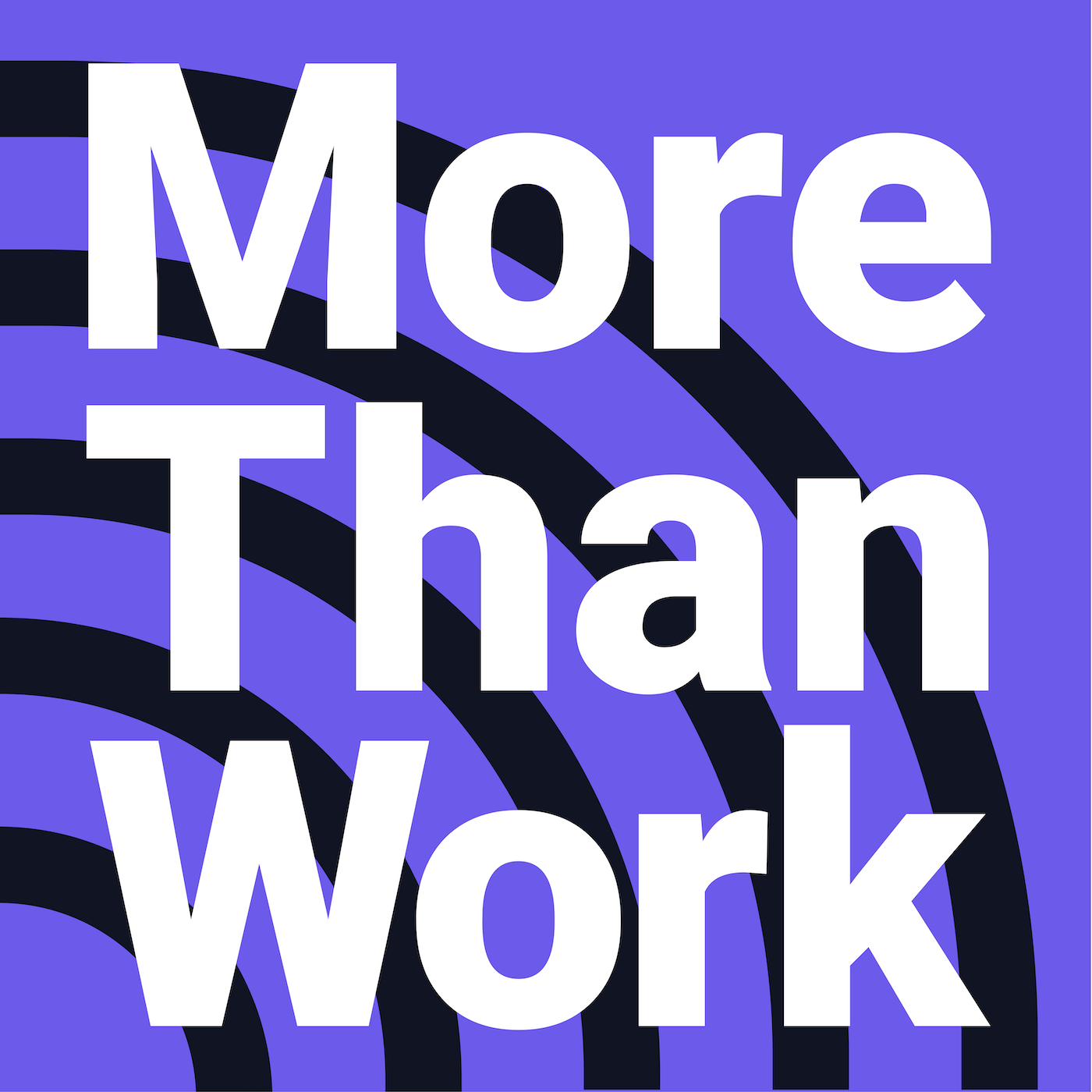
More Than Work
Rabiah Coon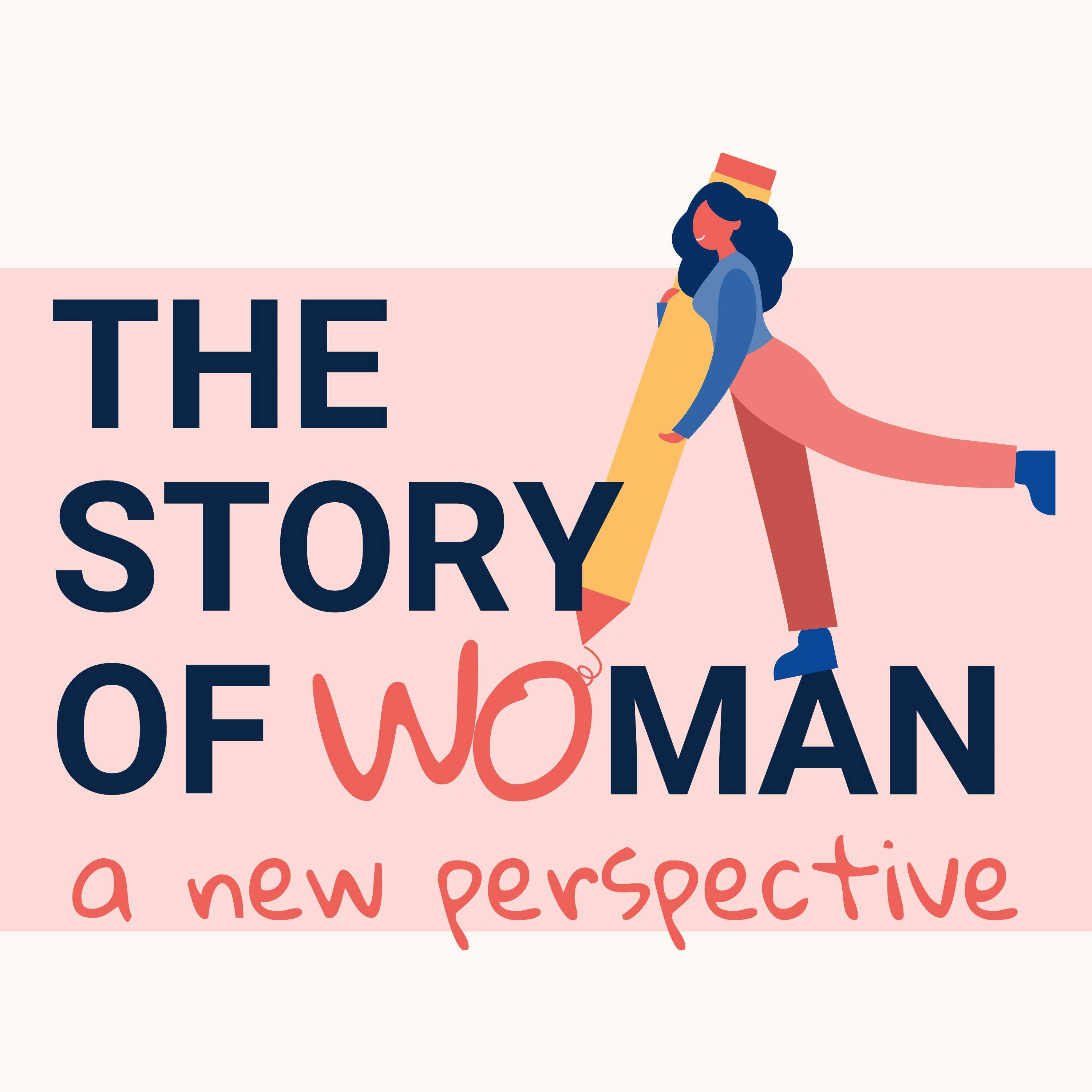
The Story of Woman
Anna Stoecklein
Dreamful Bedtime Stories
Jordan Blair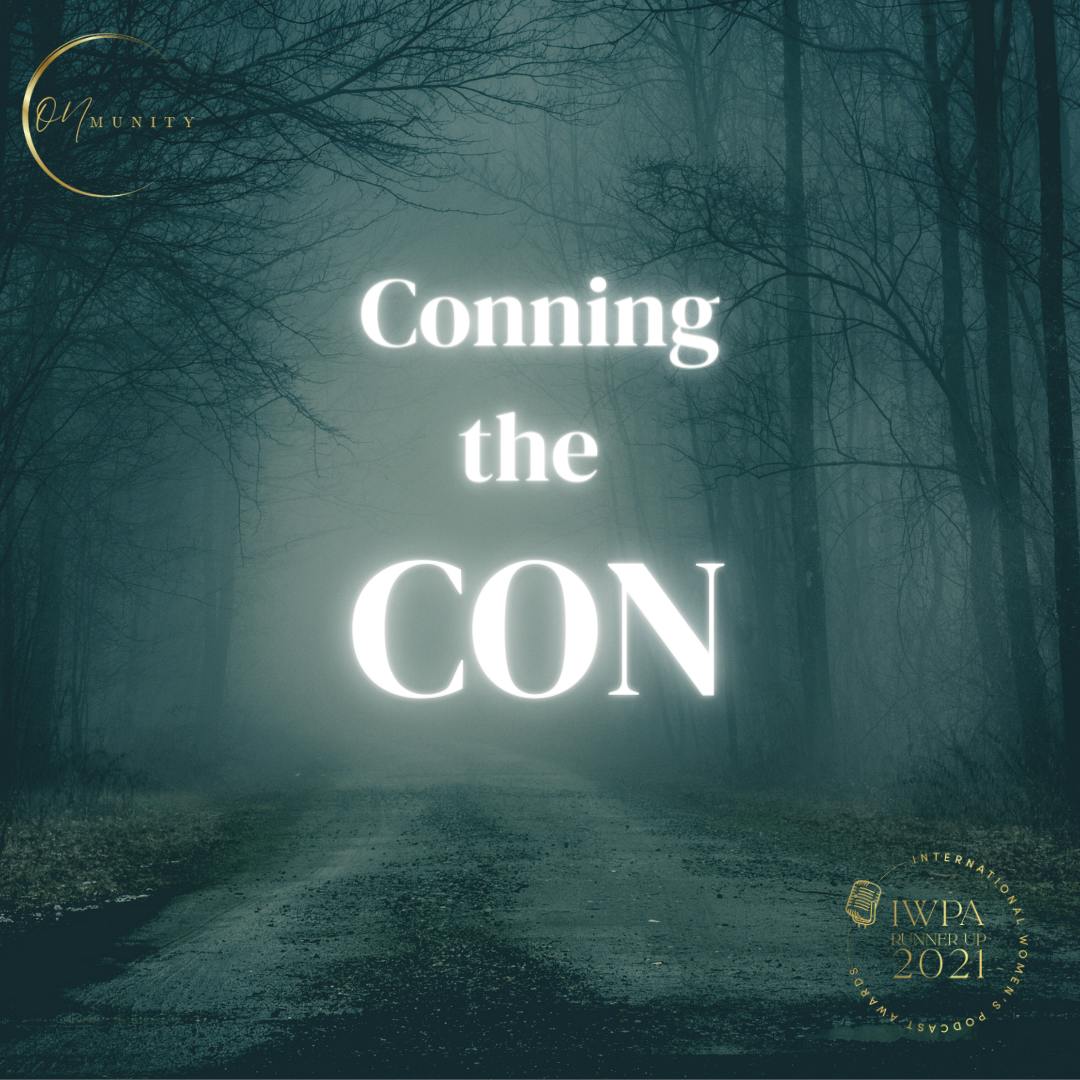
Conning the Con
Evergreen Podcasts & Sarah Ferris Media
Watching Two Detectives
Evergreen Podcasts & Sarah Ferris Media
Podnews Weekly Review
James Cridland and Sam Sethi

.jpg)